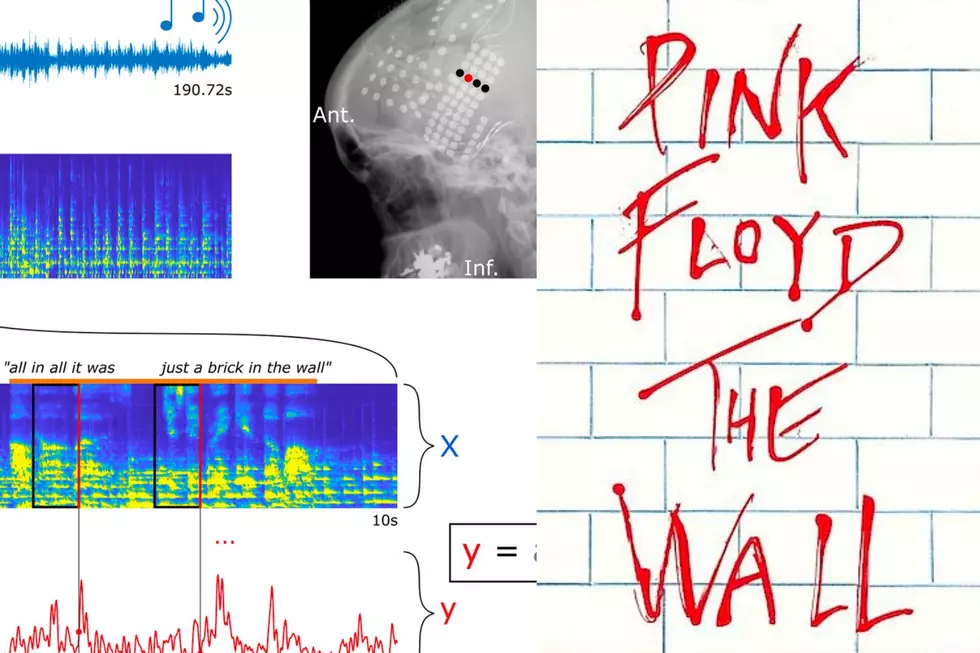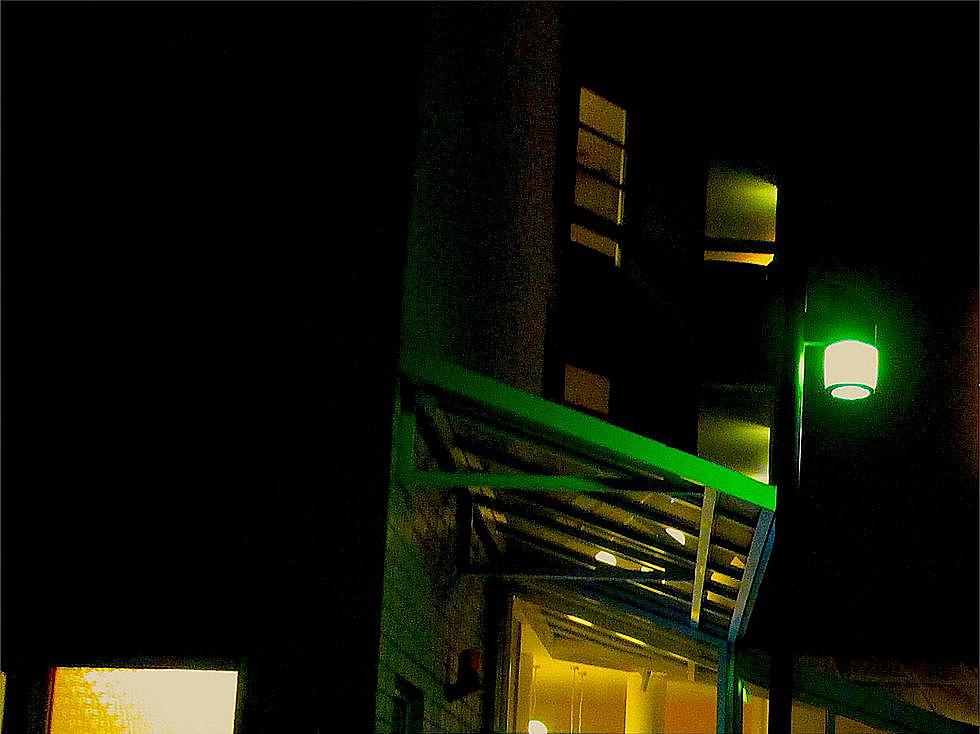
Neuroscientists Recreate Pink Floyd Song With Patient Brain Waves
Scientists recently recreated Pink Floyd's "Another Brick in the Wall (Part 1)" using patients' neural activity.
The researchers analyzed the implanted electrodes in the brains of 29 epilepsy patients undergoing treatment at Albany Medical Center in New York State from 2009 to 2015. They played the music, then "recorded" the patients' neuronal activity with specially trained computers, and were able to reproduce the song. In other words, as neuroscientist Gerwin Schalk explained to The New York Times, “You can actually listen to the brain and restore the music that person heard." (You can hear the recreation— muddy but recognizable — on the publication's website.)
More specifically, researchers located a spot in the temporal lobe that reacted when patients heard the 16th notes of the song's guitar riff, suggesting that the area of the brain deals with one's sense of rhythm.
As for why "Another Brick in the Wall" was the chosen song, Schalk said the older patients liked it; "If they said, 'I can't listen to this garbage,'" the results would not have been the same, he noted. Additionally, the 1979 song features lyrics and plenty of wordless melodies, which were useful for analyzing how the brain responds to both.
The new study hopes to further scientists' understanding of neurological diseases and their impact on human communication, with intentions to develop "speech prosthetic" devices that would not only help people speak but also model the same cadence and tone of real vocal speech. “The things that make us a lively speaker," Schalk added, "and not a robot."
Pink Floyd Albums Ranked
More From WUPE






